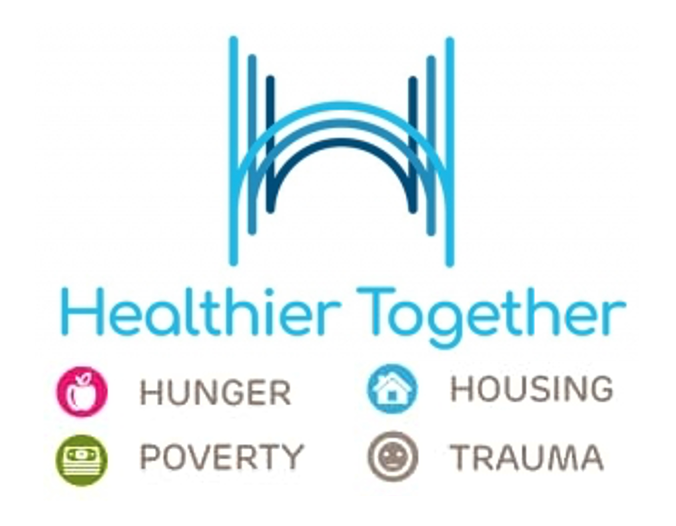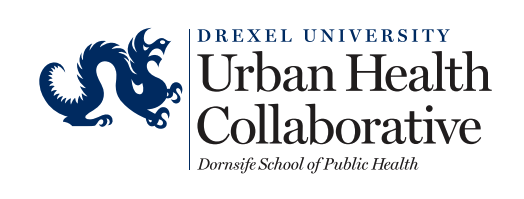Select Key Metrics on Neighborhood Conditions and Community
 Access to Green Space
Access to Green Space
Amount and quality of green space in proximity.
 Food Environment
Food Environment
Proximity to high-produce store (e.g., supermarket); density of low-produce food stores in proximity (e.g., convenience stores).
Background
Access to Green Spaces
While Black and Hispanic Philadelphians are more likely to live close to a public green space than white Philadelphians, they live in proximity to smaller overall amounts of green space.
Increased exposure to urban green spaces is associated with:
- Decreases in all-cause mortality and violence
- Increases in physical activity
- Improved mood, attention, and perceived mental health.

Source: Access and equity in greenspace provision. Heckert et al., 2013.
Food Environment
Source: Neighborhood Food Retail in Philadelphia, City of Philadelphia Department of Public Health | September 2019. Note: Areas with an overabundance of unhealthy food are defined as areas with more than 20 low-produce supply stores within walking distance. High poverty areas are defined as 20% or more of the block group living below federal poverty guidelines.
Over 980,000 Philadelphians live in areas with an overabundance of unhealthy food. Of these Philadelphians, 45% are Non-Hispanic Black and 68% live in high-poverty areas.
Food environment is a determinant of risk for:
Ongoing Efforts in the Philadelphia Community

The Children’s Hospital of Philadelphia’s Healthier Together Initiative aims to improve the health of children in West Philadelphia by tackling social determinants of health rooted in neighborhood conditions and socioeconomic inequality: housing quality and safety, food insecurity, poverty, and trauma associated with experiences with gun violence, unemployment, and other stressful events.
The Philadelphia Neighborhood Health Rankings, created by a team from the Philadelphia Department of Public Health and from Dornsife School of Public Health at Drexel University, provide detailed insights on health outcomes and health-related factors (e.g., health behaviors, clinical care access/quality, social and economic factors, and physical environment) across the city and at the neighborhood level.
These rankings aim to facilitate targeted public health interventions and planning efforts to address health disparities in Philadelphia by highlighting the communities experiencing the worst outcomes and providing insights on the unique underlying drivers of health outcomes in those communities.


Efforts listed here may be independent of Accelerate Health Equity. Check back to learn about a broader list of health equity efforts.
